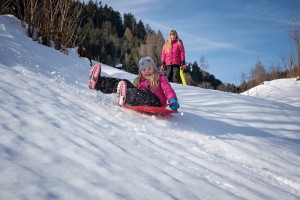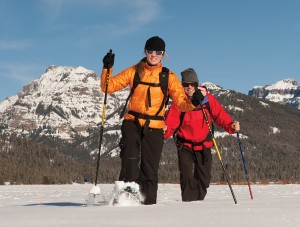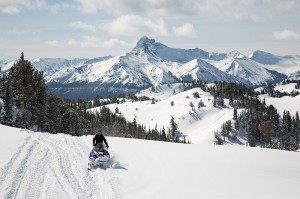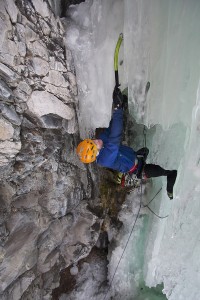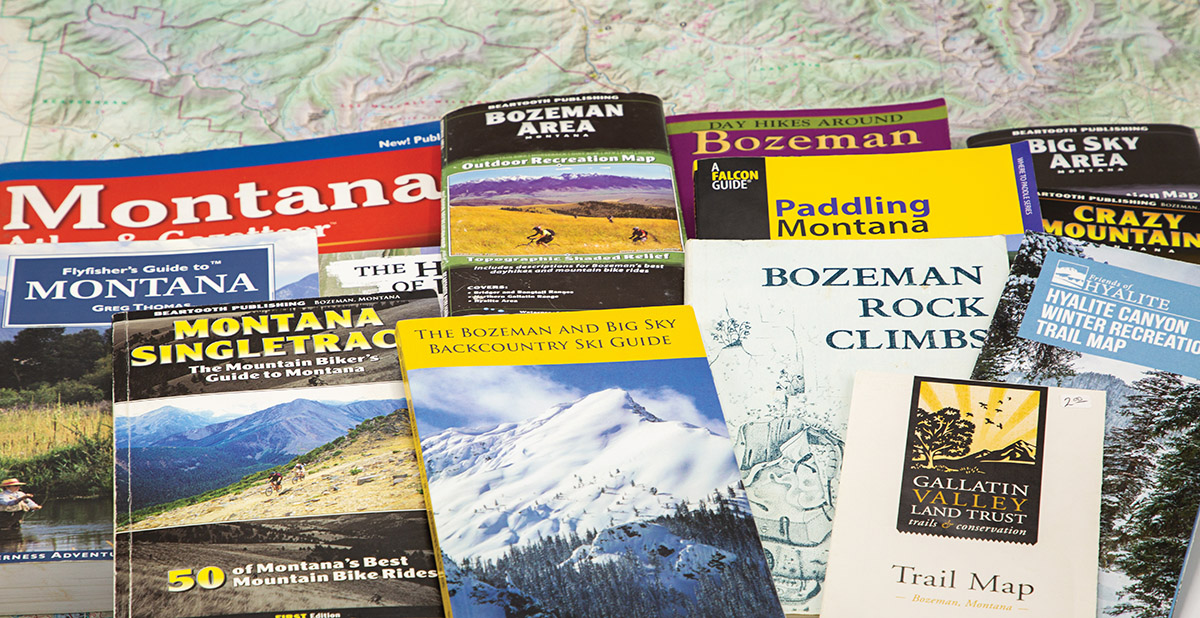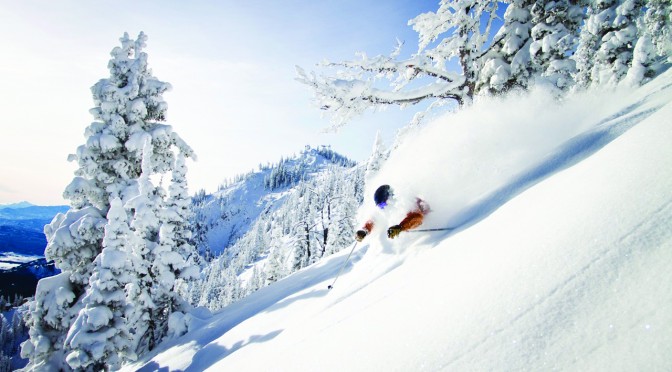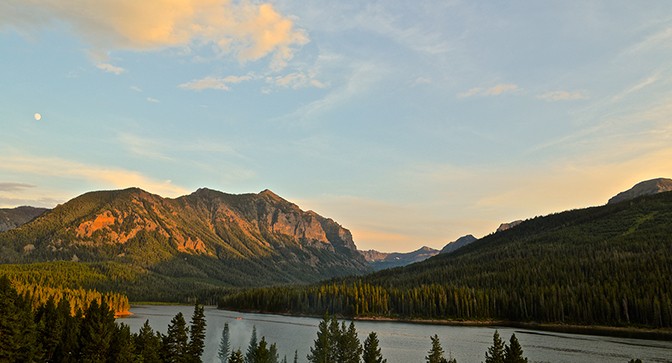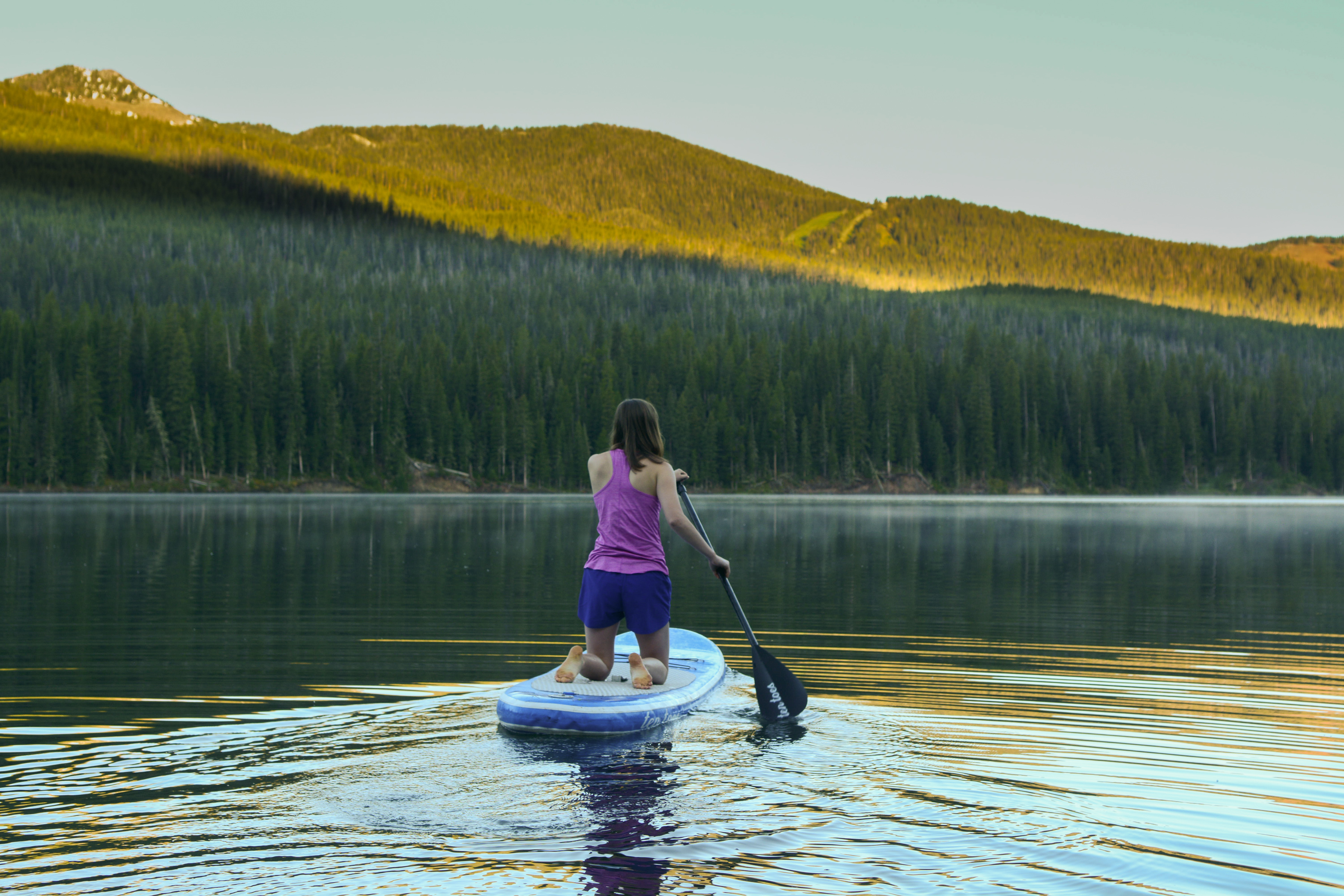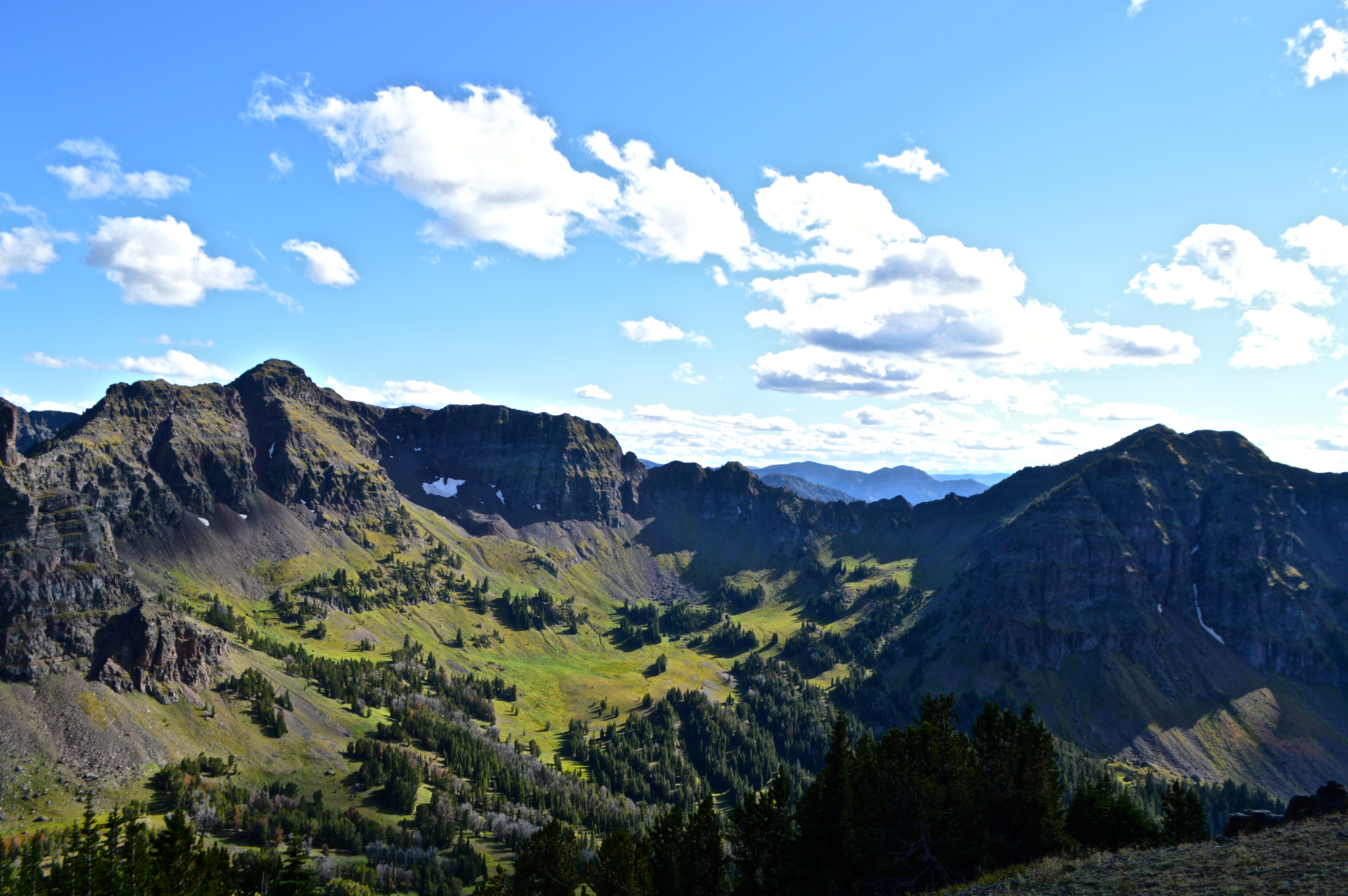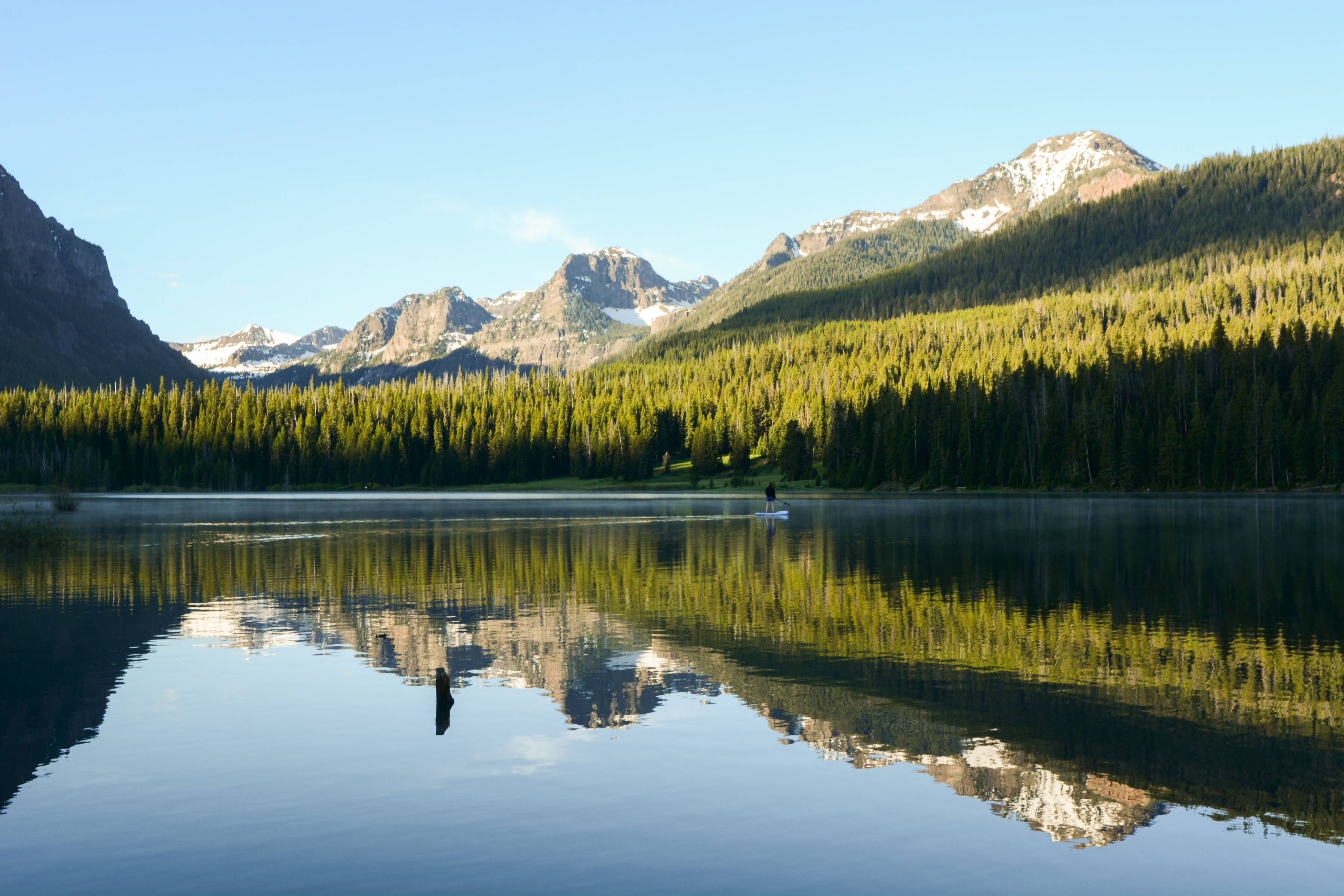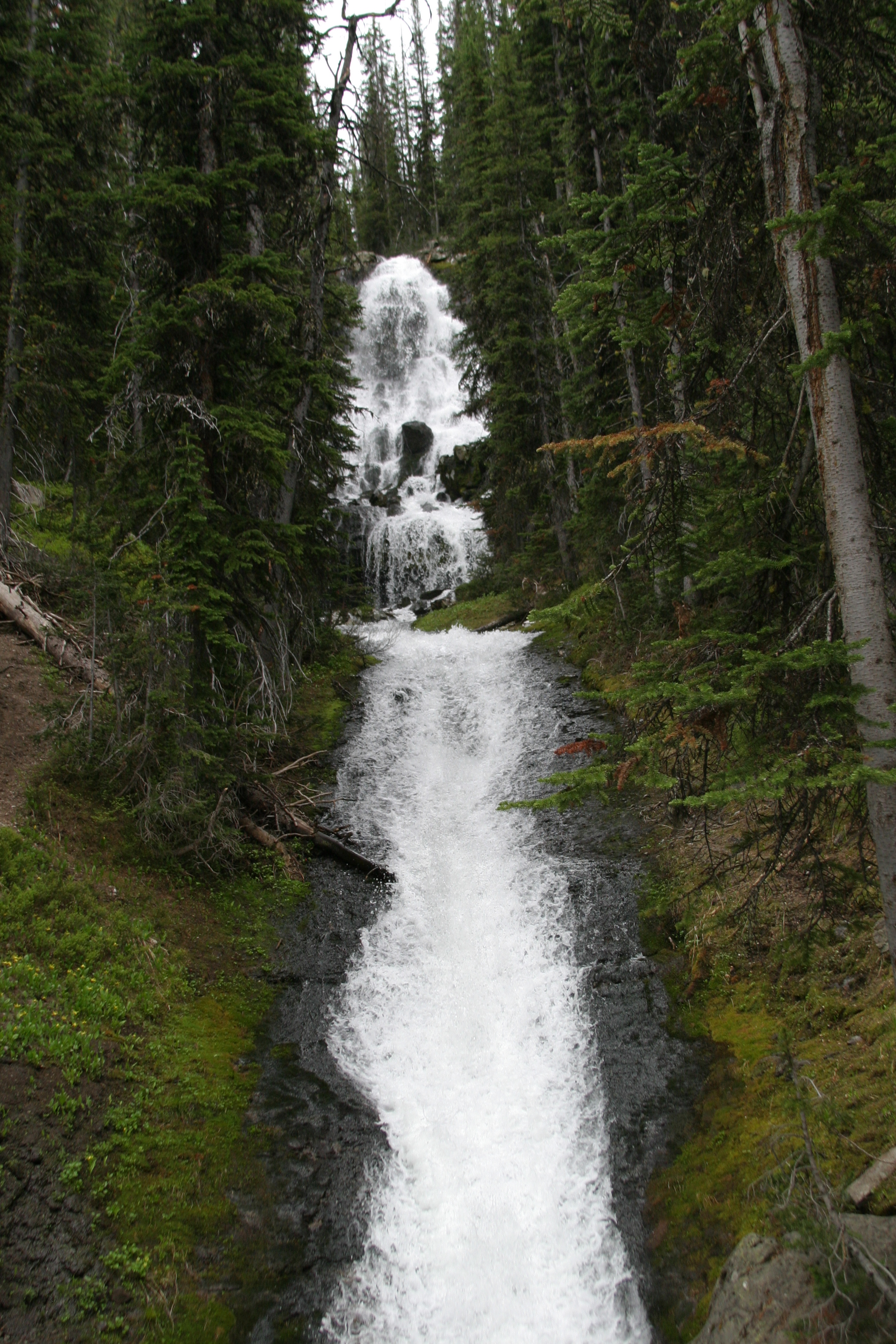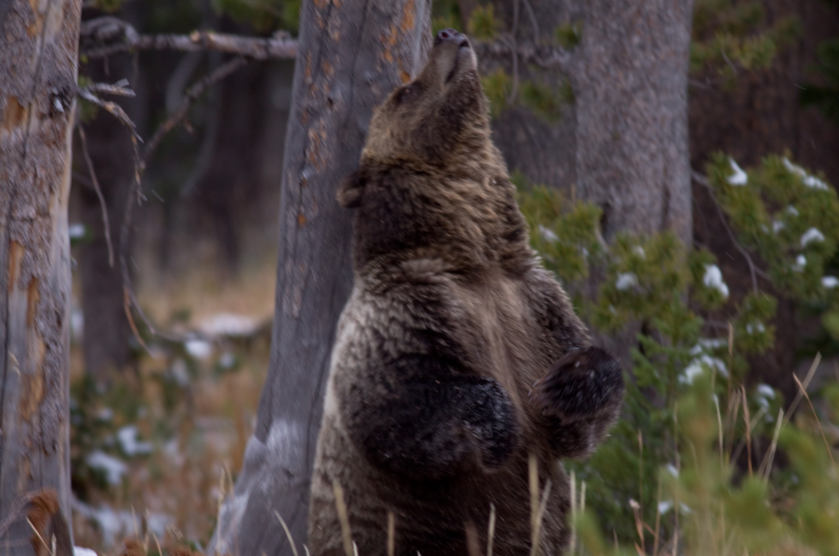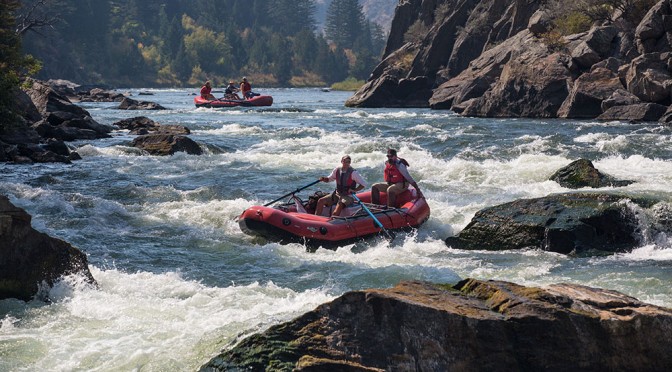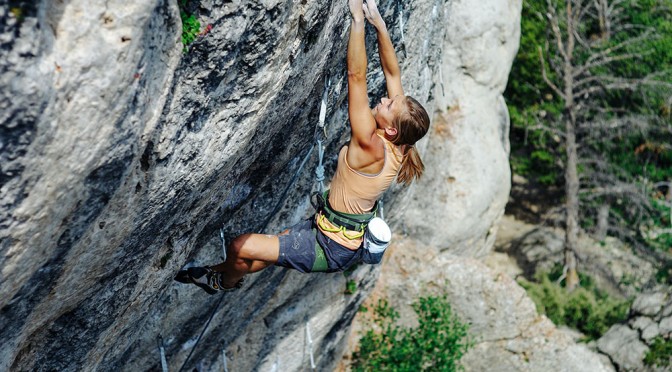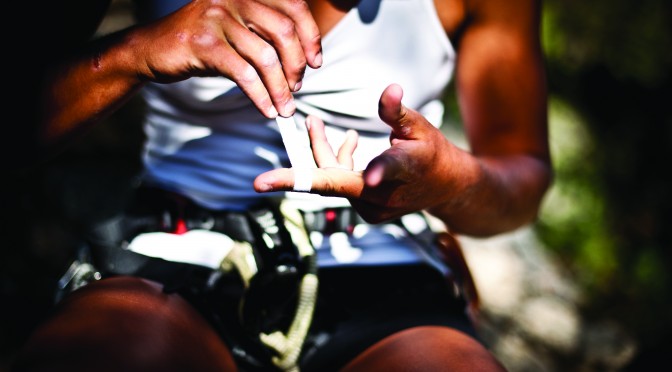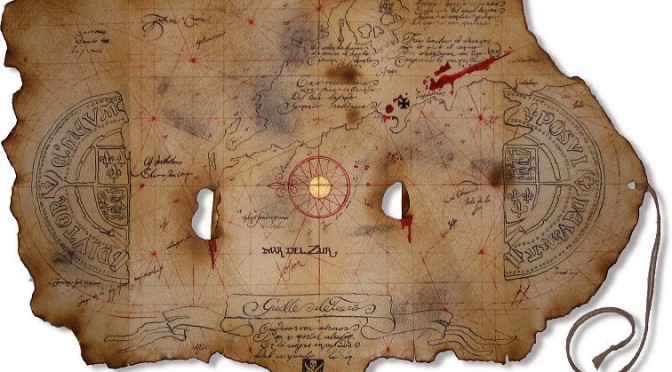While skiing may be the crowd favorite of Bozeman’s winter scene, it’s not all the area has to offer. There’s a variety of wintertime activities to partake in, no matter your inclination or experience. Here’s a partial list of alternative cold-weather activities.
Tearing down a hill on a sled isn’t just for kids—it’s quite the thrill for anyone with a pulse. Throw in affordability, and an afternoon of sledding becomes an even more attractive pastime. Bozeman has a number of popular sledding spots, including the Snowfill Recreation Area, Peets Hill, and the Langohr Campground up Hyalite. Outside of town, suitable slopes rise in all directions. If regular sledding seems too mundane, you can always step it up a notch and go Clark Griswold–style, hitting light-speed on a greased trashcan lid.
Want to show off your sledding skills? Head to Red Lodge Winter Carnival in March. Construct a sled made only of cardboard, tape, and glue, and race down the slopes for glory.
If you can walk, chances are you can snowshoe—and have fun doing it. To get started, just pick a trailhead and go. Once you’ve got your balance, veer off-trail to find y
our own path, enjoying the quiet solitude of the winter woods. A beginner snowshoeing setup (shoes, poles) runs about $200 brand-new; if you’re on a budget, pick up a pair of hand-me-downs and use your ski poles.
Once you’ve got your technique down, grab your furry four-legged friend and join Heart of the Valley Animal Shelter for the Snowshoe Shuffle, a torch-lit group snowshoe and raffle with all proceeds benefitting the shelter.
With the power of a snowmobile underneath you, there’s a lot you can see. Whether you’re flying around West Yellowstone, Big Sky, Paradise Valley, Cooke City, or Island Park, you’ll have incredible access to some beautiful, remote places without having to work for it—and you’ll get a pretty killer adrenaline rush, too. Most places that rent snowmobiles have snowsuits, helmets, and other required accessories.
To expand your snowmobiling knowledge and explore deeper into the backcountry, take a snowmobile-specific avalanche-education course. Riders trigger almost as many slides as skiers, and it’s just as dangerous—don’t put yourselves or others at risk.
Skating
Every winter, three outdoor ice rinks pop up at Bozeman parks: Bogert, Southside, and Beall. Once the ice has set up for the season—normally in late December—the rinks stay open until 10pm every day. Southside and Bogert have warming huts for a cozy cup of hot chocolate, as well as a comfortable place to put on and take off your skates. Additional skating can be had at the Haynes Pavilion, home of the local hockey league; they rent skates for $5, plus a $5 entry fee.
If you like hockey, or want to give it a try, register for the Hocktober Scramble at the Haynes Pavilion. This fun series gives players of all levels the chance to test their skills—and have a blast doing it—in competitive pickup games.
If you’re new to mountain country, it may seem that ice climbing is for hardened experts and crazed adrenaline junkies. But in the last few decades, ascending giant icicles has become a pastime almost anyone can enjoy. Whether you have some climbing experience already, or have only ever summited a ladder, you too can tool up and tackle the ice. Mix in a few hot-cocoa breaks and a knowledgeable friend to show you the ropes, and your once-intimidating adventure becomes both pleasant and safe. You don’t need to go far, either. Some of the world’s best ice is right down the road in Hyalite Canyon. As with other climbing equipment, avoid buying used gear from pawn shops or Craigslist. Instead, borrow from friends, rent, or invest in a setup of your own.
This one’s a no-brainer: attend the Bozeman Ice Fest! Every winter (except this one), climbing enthusiasts from all over the world flock to Hyalite to celebrate the sport. There’ll be gear demos, clinics, and tons of resources to help you learn and grow, not to mention meet some pretty cool folks.

